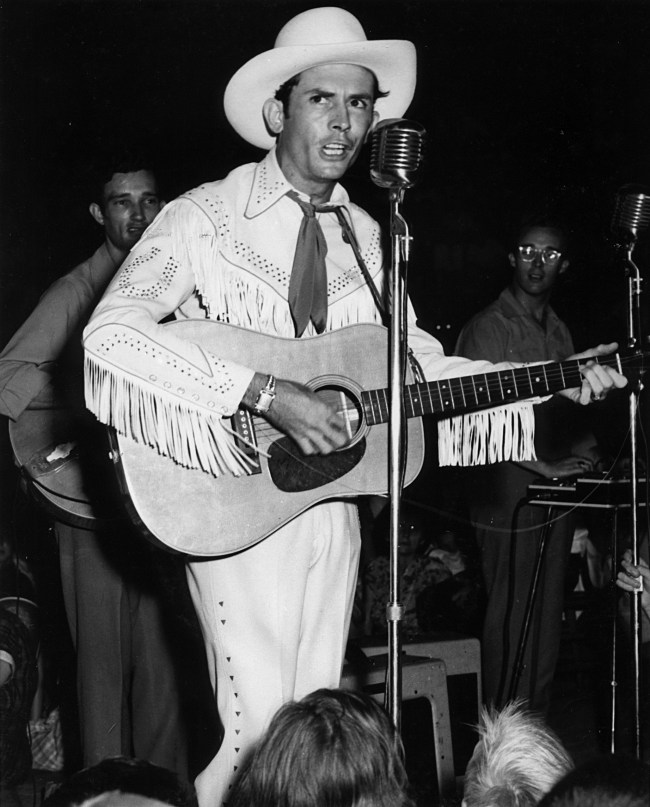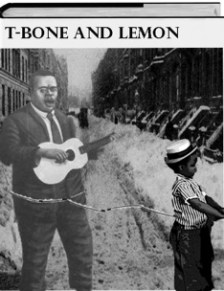Thirty years ago when I gave fiction a half-assed serious stab, I managed to get selected by Blanche McCrary Boyd to participate in a writing workshop sponsored by the SC Arts Commission. Of the dozen or so participants, more than a few would go on to publish novels or short story collections – Josephine Humphreys, Lee McAden Robinson, William Baldwin, Starkey Flythe, Jr., Harlan Greene, and Stephen Hoffius. When we met each week, Boyd read aloud one of our stories or excerpts (she didn’t provide us copies), and, afterwards, she led us in offering critiques. Harlan Greene and Josephine Humphreys, if I remember correctly, had had novels accepted that had not quite come out yet. When Boyd read aloud from the galleys of Humphreys’s Dreams of Sleep, I suddenly caught a malodorous whiff of my own amateur rankness. Here’s the first paragraph of Chapter 1:
Before they wake, sunlight is on the house, moving on the high east wall and window through old glass as wavy as broken water, onto the hard bright floor of waxed pine. When Alice opens her eyes, she sees its cool path stamped by the window of mullions, squares stretching to rhomboids of clear fall sun. Will sleeps behind her, his breath wisping her back. She loves the quiet of light and its mutable geometry, as those wizards did who chinked and slit their stones to let in messages from sun gods. The message to Alice is, Don’t move. Not till that first stamp of light touches the wide crack in the floorboards. 
Of course, we all heaped – BM Boyd especially – heavy praise on that first chapter; however, perhaps feeling obligated to find at least one thing negative to say, Blanche conjectured that the prose might be “too gorgeous.” I guess she meant that the sonorousness of the prose might distract the reader from the story – the way that occasionally an overwritten passage by Pat Conroy can bump your attention from the action of the narrative to its making. However, Humphrey’s prose is the opposite of distracting. The auditory patterns of her sentences provide a sort of soundtrack that augments their sharp cinematic images – for example, the perfect iambs of who chinked and slit their stones echo the methodical tap tap tap of hammer on chisel. 
Brett Lott makes a similar criticism of Alan Gurganus’s new book Local Souls, three novellas set in the fictional North Carolina town of Falls, one of the featured locales of Gurganus’s wonderful first novel The Oldest Confederate Widow Tells All. Brett Lott contends that “too often [Gurganus’s] sentences become cryptically twisted, sacrificing sense for sound” as “he strain[s] to make sure we know he hasn’t lost his Southern touch.” Lott goes on to complain, “The effect is that while the language juggles for us center stage, the drama here — and there’s plenty of it — becomes subservient, eclipsed by the earnest regionalism of it all.”
Certainly, Lott isn’t talking about the prose of the first novella, “Fear Not,” a millennial Southern Gothic page turner that features decapitation, pedophilia, and incest in the Age of “Goggling” and “JPEGs.” Framed by a prologue “Overture” and an epilogue “Curtains Down,” the narrative is the “novellaization” of a strange and perverse local tragedy. Attending a high school production of Sweeney Todd featuring his goddaughter, a writer, “becalmed and itchy between novels,” finds himself seated between his “dearest friend and two hot strangers.”
After the play, his friend tells him about the couple, who might well have been the bastard great great grandchildren of Miss Emily Grierson and Homer Barron. The novelist decides to take on dramatizing the story, “swear[ing] to God at least 81% of it is true.”
Here, is the fifth paragraph of his rendering of the couple’s history:
And visible from this pastel beach, a weekend captain of one twenty-two-foot Chris-Craft loses sight of the water skier he’s pulling two hundred yards out into the lake. (One red nylon towline just got tangled on a log twelve feet underwater). The towed guy leaves his yellow skis to float, plunges under waves to free his line. The fourteen-year-old daughter of the man about to die, she sunbathes face-up. In a row of girlfriends, she rests on heated sand detergent white.
In the last sentence, we do have some unusual syntax “heated sand detergent white”; however, this Latinate construction strikes me more as Miltonic than Southern (we call “guys” “fellows”), and I would argue that the phrase’s slight tinge of the archaic is well-suited to the content of a tale that smacks of legend; “Fear Not” is ultimately a nightmarish fairy tale with a perversely happy ending. The all too prevalent pedestrian prose of MFA factories wouldn’t do it justice. 
In the second novella, “Saints Have Mothers,” Gurganus shifts to the first person to tell the story of a doting but resentful mother, Jean, and her self-righteous know-it-all superstar of a daughter, Caitlin. Our narrator, once promising poet, abandoned her literary ambitions for marriage and childbearing, and with her to-be-ex husband produced a child prodigy, Caitlin, who, to echo Ben Jonson, embodies Jean’s “best piece of poetry.”
17 year-old Caitlin – brilliant, entitled, pathologically idealistic – is half St. Francis, half Katie Couric, at once selfless and resume-building. The timbre of Jean’s narration conjures a sense of tragic inevitability as a poem Caitlin has written about homelessness wins her a summer internship in Africa. We suffer foreshadowing after foreshadowing suggesting that doom awaits. Think Lear with his diminishing entourage, Lincoln taking his seat in the theatre.
Here, you see, I am setting up the part where the phone actually does ring at three a.m. By then Caitlin had been in Africa just under two months, forty nine days. – This particular night, the twins are sound asleep. I’m feeling feverish even as I dream how my daughter is just out spreading good cheers across downtown falls. I’m dreaming that Cait is due back any minute, that all will be well. The phone starts so loud.
Once again, I find nothing particularly “cryptically twisted” or particularly Southern about the prose of “Saints Have Mothers.” In fact, throughout all three of the novellas, there’s a downright paucity of y’alls. Our narrator Jean is a quirky woman with occasional quirky turns of phrase, but, after all, she’s had a poem published in the Atlantic. Here she is describing daughter Caitlin delivering a patronizing hug
UH-OH. ONE NUBILE (sic) female rests across me. She is trying to mask me. She cannot know how bones and boyish her hips feel sunk into my over-ample sponge-blob ones. She lifts the coarse veil to frame my face. It slips. Cait is planning a major hug, or worse, a kiss, a spirit makeover I don’t need. Success-oriented as any young Ivy exec, she will not be stopped. Foil cloth covers my one eye then both. The cloth now tastes, a toxic net.
No complaints about that prose here.
When Lott criticizes the Gurganus’s “Southern touch,” he’s probably thinking principally of “Decoy,” a haunting, brilliantly compressed bi-generational minor masterpiece. The narrator Bill Mabry, the grandson of sharecroppers, has been transplanted as a boy from country red clay to the topsoil of Falls, seemingly genteel (but remember “Fear Not” above).
Actually, the narrative spans close to four generations from Bill’s father Red (imagined as a boy by his son in “denim coveralls, red hair looking like his one cash crop, probably open-mouthed with pleasure”) to his two own children “son: (Haverford, Sanford ) and daughter (Middlebury, Baylor)” and his five-year-old grandson who complains that kindergarten is “Boring [. . .] Always the same. Milk, cookies, cookies, milk.”
Here is the time-honored American dream of ascent; however, for narrator Bill, the transition from “a rabbit-box of country shack” to his antique-filled river home has had its challenges. Like many Southerners, our narrator has an acute ear for the sounds of words (and the beauty of vowels), but, do lawd, he calls his mama Mom! Note in the paragraph that follows that he’s filtering his prose through the consciousness of his daddy, blending his college-educated diction with his father’s 8th grade dropout rural North Carolina vernacular.
This son of sharecropping had never glimpsed lawns acres wide. Of no silage value. Hell, you couldn’t even bail stuff this short to feed your poppa’s cattle. Grass here meant to be a kind of moat. It would keep your white house hid-back awninged in blue eye shadow.
I ain’t kidding, I have friends who talk like this – Jake Williams and Furman Langley come to mind. They sing self-made-up songs like “The Hurry Curry Casserole Blues” or “I Was Standing by the River When I Seen My Savior There.” If you’re telling a story, alliteration helps; if you draw out a vowel for effect, you’re underscoring. I’m an auditory reader, though. I hear words when I read silently. I love it when they make music that’s not overdone.
For me, Gurganus’s prose is nearly pitch perfect. I rarely reread contemporary novels, but I’m going to reread this one so I can pick up cross references among the three novellas to fully appreciate its Winesberg, Ohio, effect.














